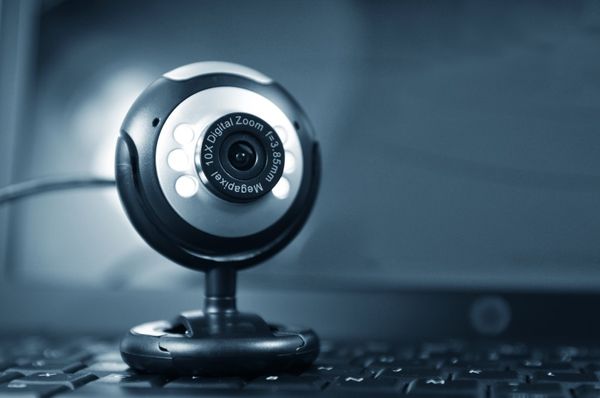Protect Your Privacy with Webcam Protection

Today”s smart home is defined by the number of smart and internet-connected devices that work either together or individually to allow users to remotely control or automate various features for efficiency or convenience. The number of IoT devices per household has increased significantly over the past couple of years, reaching an estimated 11 smart devices/accessories per home, according to a Bitdefender survey*.
With the proliferation of smart things, security concerns have risen as security researchers have often found IoT devices lacking in even basic security to protect user privacy and data. The number of smart devices per households has reached 11 in the United States and Germany, 10 in France, and 9 in the UK.
Since in the United States most smart device users are concerned that their identity can be stolen (58%), that sensitive information can be obtained (56%) and that the devices can be infected with viruses (55%), 7 out of 10 users have at least one camera connected to the Internet.
Internet connected cameras have often been found vulnerable and remotely controllable by attackers. Since they usually share a network with other household internet-connected devices, they can be used as gateways to launch attacks on other network devices or even compromise the entire home network.
However, these are not the only devices sporting a camera that can be used to spy on users. The top 3 US smart devices with a camera that”s connected to the Internet are smartphone (51%), laptops with windows (27%), and tablets (25%), yet only 3 out of 10 users of smart devices are concerned that someone could gain access to the devices” camera and that they can be recorded without their knowledge.
Smart TVs are also web-camera-enabled and 6 out of 10 Smart TV users don”t have a security solution for this device. What”s more, 35 percent of the Smart TV users installed additional software/ apps on the Smart TV, 30 percent of which installed apps from other places / stores / websites than official ones. The same study concluded that half of smart TV owners have never changed the password on their device and 55 percent of respondents also said they did not perform a firmware update on their device.
Remembering that not only smartphones and laptops have web cameras that are connected to the internet, users also have to be wary of their privacy when other IoT devices sport such features. Smart TVs and IP cameras are often poorly secured, have default passwords, or are never updated with the latest firmware, making them viable targets for cybercriminals.
From a laptop or smart phone perspective, making sure that only legitimate applications have access to the device”s web camera is vital, as rogue software may try to spy on you. Cybercriminals will often use such private footage to extort favors – financial or otherwise – from their victims, threatening public shaming if their demands are not meant.
Something as innocent as a web camera can be used by cybercriminals against you, and it”s up to you to make sure that any web-camera-enabled device in your household is protected, so that your private life remains private.
Bitdefender”s Webcam Protection feature identifies if your PC”s or laptop”s camera is misused or abused by illegitimate applications and will protect users from cybercriminals and cyber-stalkers trying to invade their privacy.
For those that don”t have the new Bitdefender 2018, but still want to protect their privacy, unplugging the camera or manually shutting it down is always an option, provided it”s an external webcam. Physically covering the lens with tape or a specially designed webcam cover will keep Peeping Toms away, but that doesn”t mean they can”t eavesdrop.
*Note: The study consisted of a survey performed by iSense Solutions at Bitdefender”s request during April 2017, and it”s based on based on 1000 interviews. The sample used in this report is representative for the Smart device users, with WI-FI connection in USA (at age, gender and region level), 18+ y.o.. Error degree is +/-3. 1% at a confidence interval of 95%.
tags
Author
Liviu Arsene is the proud owner of the secret to the fountain of never-ending energy. That's what's been helping him work his everything off as a passionate tech news editor for the past few years.
View all postsRight now Top posts
How to Protect Your WhatsApp from Hackers and Scammers – 8 Key Settings and Best Practices
April 03, 2025
Outpacing Cyberthreats: Bitdefender Together with Scuderia Ferrari HP in 2025
March 12, 2025
Streamjacking Scams On YouTube Leverage CS2 Pro Player Championships to Defraud Gamers
February 20, 2025
How to Identify and Protect Yourself from Gaming Laptop Scams
February 11, 2025
FOLLOW US ON SOCIAL MEDIA
You might also like
Bookmarks








